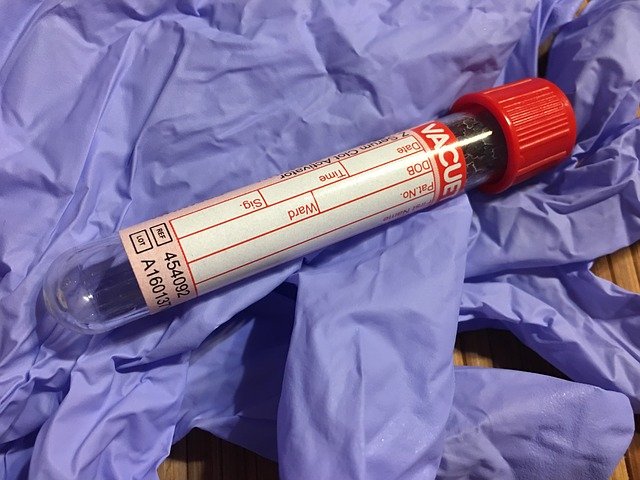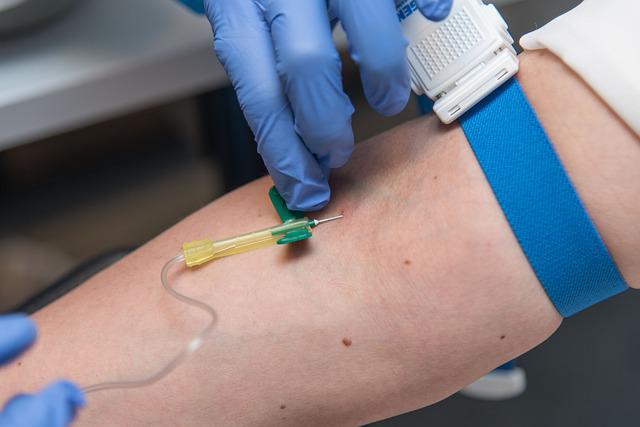release time:2024-05-21 15:24:15
Fully automatic veterinary biochemistry analyzers have revolutionized veterinary diagnostics by automating and miniaturizing the testing process using microfluidic technology. These analyzers incorporate intelligent quality control systems, ensuring accurate and reliable test results. Their compact size, ease of operation, and portability make them indispensable tools for veterinarians assessing animal health. Let's delve into the wide range of testing parameters these analyzers can measure.

Kidney function parameters provide valuable insights into an animal's renal health. When the glomerular filtration rate declines, blood urea nitrogen (BUN) and creatinine (Crea) levels rise. In advanced kidney disease, reduced urine output leads to phosphorus accumulation, causing calcium-phosphorus imbalances, characterized by hypocalcemia and hyperphosphatemia. Clinical evaluation of elevated BUN and Crea levels should consider clinical signs, urinalysis, and imaging to differentiate between prerenal, renal, and postrenal azotemia.
Liver function parameters accurately assess hepatic function. Among these, total bile acids (TBA), total bilirubin (TB), alkaline phosphatase (ALP), and gamma-glutamyl transferase (GGT) are particularly crucial for evaluating liver function and bile stasis in animals. GGT serves as a specific marker of hepatobiliary stasis in dogs and cats, aiding in the diagnosis of specific feline liver diseases. Additionally, elevated ALP levels, if non-specific, may indicate canine bile duct obstruction.
Maintaining acid-base balance is essential for internal homeostasis, enabling enzymes, hormones, and electrolytes to function properly. Pathological conditions can disrupt acid-base balance, leading to acid-base imbalances. This panel, encompassing acid-base, renal, electrolyte, and metabolic parameters, serves as a primary indicator for monitoring changes in critically ill animals. It plays a crucial role in disease diagnosis, treatment, and prognosis evaluation. Additionally, it is commonly used for electrolyte monitoring before and during fluid therapy, providing valuable guidance for medication dosing. Lactate (LAC), as an early marker, aids in the diagnosis of underlying metabolic derangements and guides treatment decisions in emergency and critical care cases.
f-SAA (feline serum amyloid A) is an acute-phase protein primarily produced by the liver and released during the acute phase of inflammation. SAA levels rise significantly, particularly early in inflammation and tissue damage. Studies have shown that SAA is the most rapid and sensitive inflammatory marker in cats, responding to a wide range of inflammatory and infectious diseases. This panel also includes liver, kidney, pancreas, and protein parameters, enabling comprehensive assessment of feline health. In cases of feline urinary tract obstruction, the feline inflammation panel is often the first choice, as obstruction is often accompanied by inflammation and kidney damage. SAA levels can better assess the severity of inflammation, while creatinine and BUN reflect the extent of kidney damage.
It is a major acute-phase protein in dogs. When the body encounters inflammation, infection, or tissue damage, pro-inflammatory cytokines induce CRP synthesis in the liver. The degree of elevation correlates with the extent of tissue damage. Its performance in inflammation assessment surpasses that of white blood cells. Clinically, it is primarily used to evaluate the severity of systemic inflammation and monitor treatment efficacy. For differential diagnosis of vomiting, diarrhea, and abdominal pain, lipase (LPS) and amylase (AMY) provide essential information for pancreatitis evaluation. Additionally, BUN and Crea are assessed to determine the presence of kidney damage.
Measuring fructosamine levels reflects the average blood glucose concentration over the preceding two weeks, enabling the diagnosis of even recent-onset diabetes (within 1-2 weeks). It effectively excludes stress-induced hyperglycemia (particularly in cats). Continuous fructosamine monitoring (weekly) effectively evaluates the response to insulin therapy. Lactate (LAC), as an early marker, aids in the diagnosis of underlying metabolic derangements and guides treatment decisions in emergency and critical care cases. Triglycerides (TG) and cholesterol (TC) in this panel can also be used to screen elderly obese animals for the prevention of age-related hyperlipidemia and hyperglycemia.
Coagulation testing has a wide range of clinical applications, including pre-surgical evaluation of coagulation function, assessment of bleeding disorders, and monitoring of intoxications. This panel is essential for pre-surgical screening, evaluation of animals exhibiting abnormal coagulation, and monitoring patients on oral anticoagulant therapy. It assesses the integrity of the coagulation system, preventing excessive bleeding. It is typically used in conjunction with the biochemistry panel, as per specific requirements.
In conclusion, POCT veterinary biochemistry analyzers empower veterinarians with a powerful and versatile diagnostic tool at their fingertips. Their compact size, ease of use, and comprehensive testing capabilities for a wide range of health parameters make them ideal for in-clinic settings. From rapid assessment of kidney and liver function to monitoring critical cases and tailoring treatment plans, these analyzers significantly enhance veterinary care, ultimately leading to improved animal health outcomes.

2022-06-14
Biochemistry test results reflect the levels of various chemicals in a patient's blood. However, some parameters are calculated, and the following are 5 common calculated parameters.

2022-02-23
Blood biochemistry is an important part of clinical biochemistry testing. With the rapid development of science and technology, more and more scientific research results are applied to blood biochemistry tests,

2021-12-27
Because their treatment is fairly simple and relatively straightforward. But many pet owners don't know this. If left untreated and allowed to develop, these infections can cause health problems. If they do not increase in mobility or weight, they can lead to a risk of zoonosis.